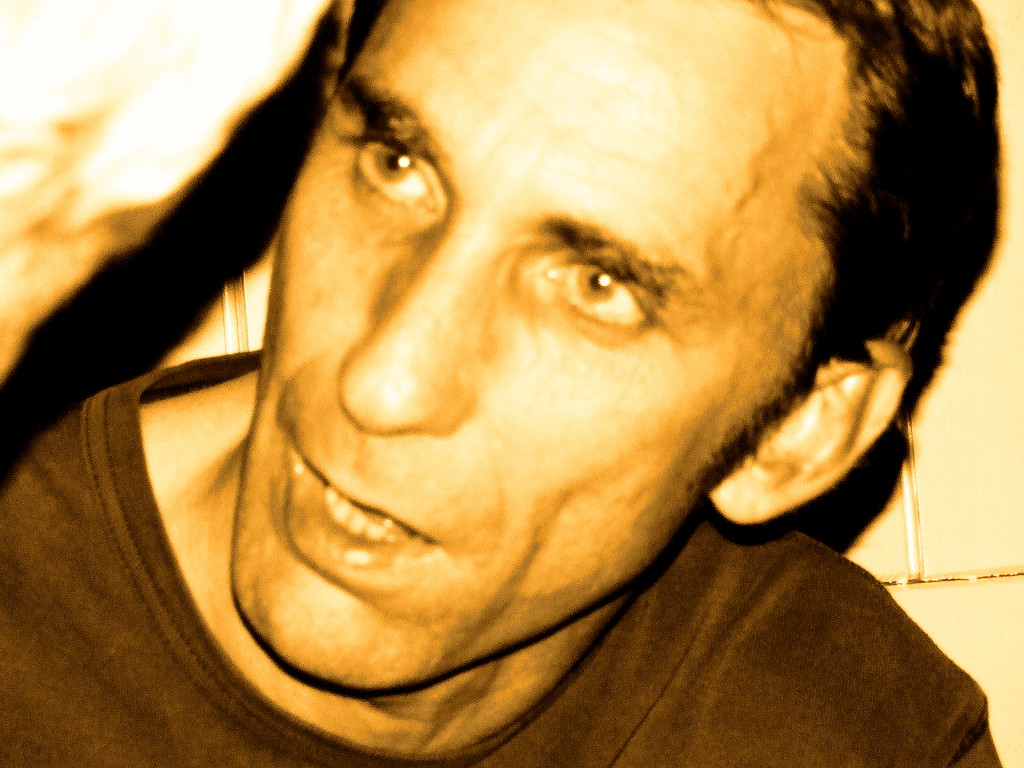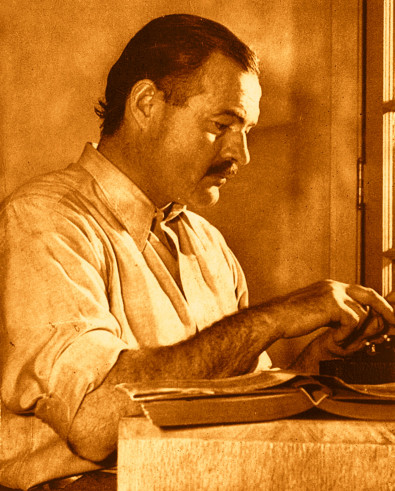by James Denney, author of Your Writing Mentor C. S. Lewis and Its Name Is Legion: A Human Novel about Artificial Intelligence
Philip Hensher, a prominent (and avowedly atheist) British novelist, once began an essay on C. S. Lewis’s Chronicles of Narnia with these words: “I’m certainly not in favour of banning or burning books, but—”
Hold it right there. Book burning is always a crime against civilization. The conjunction “but” doesn’t excuse what he writes next—his admission that the Narnia tales trigger in him a “twitch for a box of matches.”

Why would a novelist announce a desire to incinerate any books, let alone a beloved children’s fantasy series? Hensher justifies his fascism-adjacent leanings by labeling The Chronicles of Narnia “ghastly, priggish, half-witted, money-making drivel” and “revoltingly mean-minded books, written to corrupt the minds of the young with allegory.” (Translation: Lewis “corrupts” the minds of the young with Christian ideas.)
Hensher goes on to condemn Lewis for assorted sins including “misogyny.” It’s worth noting that another British author (and avowed atheist), fantasy novelist Philip Pullman, also accused Lewis of misogyny.
So what about this charge of misogyny? Did Lewis display a dislike or mistrust of women in his fiction? Or is the opposite true? Was Lewis ahead of his time in his portrayal of women?
Was Lewis a misogynist? Or a pioneering feminist?
Non-Stereotyped Roles
The feminine protagonists in The Lion, the Witch and the Wardrobe are Lucy and Susan Pevensie. The Lucy character was inspired by two girls in Lewis’s life. One was Lewis’s goddaughter, Lucy Barfield, who was five years old in 1949, when Lewis completed the novel. She was the daughter of Lewis’s longtime friend and fellow Inkling, Owen Barfield.
The other inspiration was June Flewett (who became an actress under the stage name Jill Raymond). June was eleven in 1944 when she was evacuated from London to Lewis’s home in Oxford during the German air raids. Lewis called June “the only bright spot” in his household and “the most selfless person” he had ever known.
When June was fourteen, Lewis paid her tuition to the Royal Academy of Dramatic Art. She deferred her place in the Academy until she was eighteen so she could remain with Lewis and keep house for him. Did June see Lewis as a misogynist? Hardly. “I thought he was wonderful,” she said in 2005. “I suppose I must have had a schoolgirl crush on him.”
We learn a lot about Lewis’s attitude toward women through his portrayal of Lucy, the youngest protagonist in the first Narnia book. Lucy is the most pure-hearted and spiritually sensitive of the four lead characters. It’s Lucy who leads the way into Narnia. In Chapter 6, Lewis calls Lucy “a good leader.”
Throughout the Narnia series, Lewis’s treatment of girls is much more positive than his portrayal of boys. Edmund Pevensie and Eustace Scrubb are both introduced as extremely unlikable characters. Peter Pevensie is depicted as brave but flawed, with an aggravating streak of bossy stubbornness.
Lucy, Susan, and Mary Magdalene
Lucy and Susan repeatedly earn the Lion’s approval by breaking gender stereotypes and demonstrating an adventurous spirit that most writers of Lewis’s generation reserved for men and boys. Lewis practiced gender equality, casting women and girls in non-stereotyped roles throughout the series, including Jill Pole (who bravely conquers her fears in The Silver Chair), Aravis Tarkheena (the take-charge heroine of The Horse and His Boy), and Polly Plummer (Digory Kirke’s wise and loyal counterpart in The Magician’s Nephew).
The only protagonists to witness Aslan’s death are Lucy and Susan. It’s a devastating moment—and Lewis entrusts the emotional weight of the scene to these two courageous young women.
The death of Aslan echoes the death of Jesus in the Gospel accounts. The chief witness to the crucifixion and resurrection of Jesus was a woman, Mary Magdalene. While the eleven disciples hid in fear, Mary Magdalene remained with Jesus from the cross to His burial to the discovery of the empty tomb. Lewis casts Lucy and Susan in the Magdalene role.
But there’s a problem with Susan in the final Narnia tale. Philip Hensher put it this way: “What on earth is The Last Battle going on about, with that donkey and Plato and the poor girl who gets sent to hell for wearing nylons and lipstick?” The “poor girl” he speaks of is Susan.
Is it true? Was Susan “sent to hell for wearing nylons and lipstick”?
The Trappings of Being “Grown-Up”
In The Last Battle, we learn that Susan has lost her faith. She no longer believes in Aslan and Narnia. She has ceased to be a “friend of Narnia.” As a result, Susan doesn’t appear in the novel at all, and is only referred to as an offstage character.
Notably, Lewis has two female characters explain Susan’s motivation for defecting from Narnia. In so doing, he makes it clear that he’s not criticizing women in general. He is—through the voices of Jill and Polly—specifically bemoaning Susan’s tragic spiritual downfall:
“Oh Susan!” said Jill. “She’s interested in nothing nowadays except nylons and lipstick and invitations. She always was a jolly sight too keen on being grown-up.”
“Grown-up, indeed,” said the Lady Polly. “I wish she would grow up. She wasted all her school time wanting to be the age she is now, and she’ll waste all the rest of her life trying to stay that age. Her whole idea is to race on to the silliest time of one’s life as quick as she can and then stop there as long as she can.”
Nowhere in The Last Battle does Lewis say that Susan was “sent to hell.” Yes, Susan has defected from Narnia. Because of her defection, Lewis’s critics have jumped to several unwarranted conclusions.
For example, Lewis’s critics accuse him of hating women in general. They specifically accuse him of despising Susan’s transition to from girlhood to young womanhood. These critics have completely missed the incandescently obvious reasons for Susan’s defection.
The phrase “nylons and lipstick and invitations” represents superficiality, not womanhood. It represents Susan’s overwhelming eagerness to appear “grown up” (as Jill and Polly make clear in the dialogue). The desire to appear “grown up” is a misguided impulse Lewis rebukes even in himself. He once wrote, “When I became a man I put away childish things, including the fear of childishness and the desire to be very grown up.”
Lewis wants us to feel heartbroken for Susan, and to hear echoes of the words of Jesus: “Unless you change your whole outlook and become like little children you will never enter the kingdom of Heaven” (Matthew 18:3). Susan is a beloved character, so her defection from Narnia is painful for the reader to experience—and Lewis intended it to be so.
He could have selected Peter instead of Susan as the tragic defector. Had he done so, he might have said that Peter was no longer interested in anything except playing rugby and impressing girls. Superficiality, spiritual defection, and “acting grown-up” are gender-neutral concepts, even when portrayed in gender-specific ways.
Susan’s defection illustrates Jesus’s Parable of the Sower and the Seeds, in which He compares the gospel to seeds scattered by the wayside—on stony ground, among thorns, and on good ground. In Mark 4:18-19, Jesus says that the seeds scattered among thorns represent those who “hear the message, but the worries of this world and the false glamour of riches and all sorts of other ambitions creep in and choke the life out of what they have heard, and it produces no crop in their lives.” Lewis illustrates this principle in Susan’s life with “nylons and lipstick and invitations.”
Lewis warns us to guard against spiritual defection, against wanting superficial trappings more than the spiritual reality that Narnia represents. As Jesus said, “The narrow gate and the hard road lead out into life and only a few are finding it” (Matthew 7:14).
Susan’s Fate
In early 1955, before The Last Battle was published, Lewis wrote to a fan named Marcia Billiard:
Peter gets back to Narnia in it. I am afraid Susan does not. Haven’t you noticed in the two you have read that she is rather fond of being too grownup? I am sorry to say that side of her got stronger and she forgot about Narnia.
In Lewis’s thinking, however, Susan’s fate was still an open question. In January 1957, Lewis wrote to another fan, Martin Kilmer:
The books don’t tell us what happened to Susan. She is left alive in this world at the end, having been turned into a rather silly, conceited young woman. But there is plenty of time for her to mend, and perhaps she will get to Aslan’s country in the end—in her own way.
Lewis never planned to write the ending to Susan’s story, but left her fate to the readers’ imagination. In a February 1960 letter to Pauline Bannister, he explained:
I could not write that story myself. Not that I have no hope of Susan’s ever getting to Aslan’s country, but because I have a feeling that the story of her journey would be longer and more like a grown-up novel than I wanted to write.
Clearly, Susan Pevensie is not “the poor girl who gets sent to hell for wearing nylons and lipstick.” She’s a foolish girl who turned her back on Aslan’s country.
And there is still time for her to mend.

“The Shoddy Lands”
While Lewis was completing the last two Narnia novels, he received an invitation from American science fiction writer-editor Anthony Boucher to write for The Magazine of Fantasy and Science Fiction (F&SF). Lewis was delighted at the invitation, and he wrote two stories for F&SF.
My discussion of these stories includes spoilers, so if you haven’t read them, you can find them in Of Other Worlds: Essays and Stories, or you can read them online as they originally appeared in the magazine: “The Shoddy Lands” (page 68) and “Ministering Angels” (page 5).
In “The Shoddy Lands,” (published in the February 1956 issue) the first-person narrator—an Oxford professor like Lewis himself—is involuntarily drawn into the mind of a young woman named Peggy, the fiancée of one of the professor’s former students. The professor finds her thoughts self-centered and shallow. Like Susan Pevensie, she is obsessed with beauty, adornments, and pampering herself. The voice of God calls to her, yet she is deaf to Him.
Here again, Lewis’s critics accuse him of misogyny. They reason that if Lewis writes about one shallow, self-absorbed woman, he must think that all women are shallow and self-absorbed, right? Such thinking hardly deserves refutation, but I’ll refute it anyway.
Every character an author creates is an individual—not a stereotype meant to represent an entire class or gender. What about all the other women and girl protagonists Lewis has written who exemplify selflessness, faith, courage, and loyalty? Lewis’s detractors conveniently omit them from the equation.
Here’s the key to understanding “The Shoddy Lands”: the story is not really about Peggy. It’s about the narrator. Lewis concludes the tale with these words: “Suppose this sort of thing were to become common? And how if, some other time, I were not the explorer but the explored?” Lewis is not attacking women. He is condemning shallowness and self-centeredness not only in Peggy but in himself.
In the opening paragraphs, the narrator reveals himself to be a cranky, petty, and self-centered curmudgeon. He says he “loathes” what Durward did in bringing his fiancée unannounced, adding, “One ought to be warned.” Peggy’s presence “ruined the conversation,” the narrator complains, because they were forced to engage in “social patter about the weather and the news.”
Lewis undoubtedly based “The Shoddy Lands” on a visit from a former student and his fiancée. The real-life incident probably unfolded exactly as Lewis describes. Lewis felt the same self-righteous pique toward his guests that the narrator describes in the story.
At some point, Lewis felt guilty about his self-centered reaction—and repented of it. Recognizing his folly, he decided to write a fantasy story based on the experience—a story in which he criticizes himself, not womankind.
“Ministering Angels”
His next story, “Ministering Angels,” was published in the January 1958 issue of F&SF. The first character we meet is the meteorologist of an exploration team that has been on Mars for two and a half years. A devout Christian nicknamed “the Monk,” he came to Mars, in part, to meditate, pray, and escape worldly temptation.
A spaceship arrives carrying two aging, unattractive women who offer themselves as prostitutes. Once again, Lewis’s critics charge him with “misogyny.” Why? Because Lewis supposedly depersonalizes the two women by not giving them names. Lewis labels them “the Thin Woman” and “the Fat Woman.”
The Thin Woman is an intellectual who spouts jargon-laden rationales for the biological necessity of prostitution. The Fat Woman is an aging prostitute who has volunteered to “play doxy” to the sex-starved spacemen on Mars.

A careless reader might think the story is merely about prostitutes for spacemen. In reality, the story is shown in the closing sentences to be about God’s grace and redemption. The fact that the Thin Woman and the Fat Woman do not have names is beside the point. They are fully human characters. The Fat Woman is especially well-delineated and sympathetic as she tells her story to the Monk.
By the end of the tale, the Monk sees the Fat Woman not as a mere prostitute, but as a child of God, a woman who might take her place in Heaven alongside Mary Magdalene. He realizes that God has sent him on a journey of 40 million miles not for his own spiritual benefit, but that he might become a “ministering angel” to her soul. Far from being an exercise in misogyny, “Ministering Angels” is a story of Christian grace.
A Feminist Ahead of His Time
The most telling proof of Lewis’s advanced views on gender equality can be found in his final novel, Till We Have Faces: A Myth Retold, published in 1956. When he was eighteen, Lewis read Metamorphoses by Apuleius and was captivated by the myth of Psyche, a mortal woman who weds the god Cupid and becomes a goddess. Lewis decided to write his own version, told from the point of view of Psyche’s sister, Orual.
By the early 1920s, Lewis had made several attempts to write the story—but he abandoned each one. In 1955, with the encouragement of Joy Davidman, he made one more attempt. The result was a powerful novel written in a woman’s voice and point of view.
This is a rare achievement. Here is a male writer telling a deeply emotional story from a woman’s first-person perspective—and he writes with skill and sensitivity. The list of male writers who have successfully written in a woman’s voice is pitifully short. Charles Dickens writes in the voice of heroine Esther Summerson in parts of Bleak House. Philip K. Dick’s The Transmigration of Timothy Archer is narrated in first person by a woman, Angel Archer. But neither Dick nor Dickens peers as deeply into the soul of a woman as Lewis does in Till We Have Faces.

Lewis portrays Orual as a highly intelligent woman who considers herself “ugly.” She is the daughter of a king in a patriarchal society that treats most women as either objects of desire or as slaves. To compensate for her self-image of unattractiveness, Orual trains to outperform men as both a leader and a sword-wielding soldier, breaking gender norms in the process. Through her inner monologue, Lewis explores her tormented feelings and her unfulfilled longings.
Through most of the novel, Orual is the consummate unreliable narrator. Late in the novel, she realizes that the process of writing her story has forced her to see herself clearly—and to understand how wrong she has been about her own life. When she finally submits herself to the gods, she undergoes a conversion that is parallel to a Christian conversion. She is transformed as a human being, as a spiritual being, and as a woman.
Till We Have Faces is a stunning achievement. The novel would not exist if not for Lewis’s profound respect for women as equals. He welcomed advice and encouragement from Joy Davidman, a fellow writer and a forceful, quick-witted debater (he delighted in verbally jousting with her and he eventually married her). When the novel was completed, he asked another woman writer—detective novelist Katherine Farrer—to critique it. He wanted to make sure he had captured a woman’s voice and point of view.
A misogynist could not have pulled off Till We Have Faces. Only a writer with Lewis’s profound respect for women could have written it.
Though Lewis was born in 1898, though his personality was shaped during the antefeminist and antifeminist era of the early 1900s, he emerged as a true feminist writer. In this, as in so many other ways, Lewis was decades ahead of his time.
Jim Denney has written more than 150 books, both fiction and nonfiction, for adult readers and young readers, as a collaborative writer and as a sole author. His latest nonfiction book is Your Writing Mentor C. S. Lewis. His latest novel is Its Name Is Legion: A Human Novel about Artificial Intelligence.
All text and images in this blog post are copyright 2023 by James Denney.
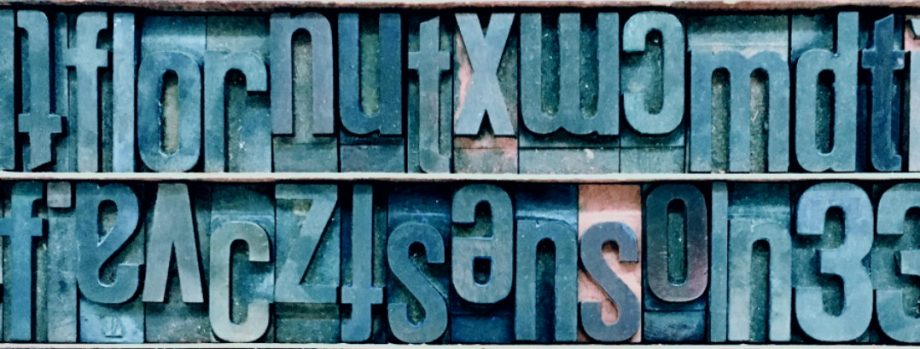





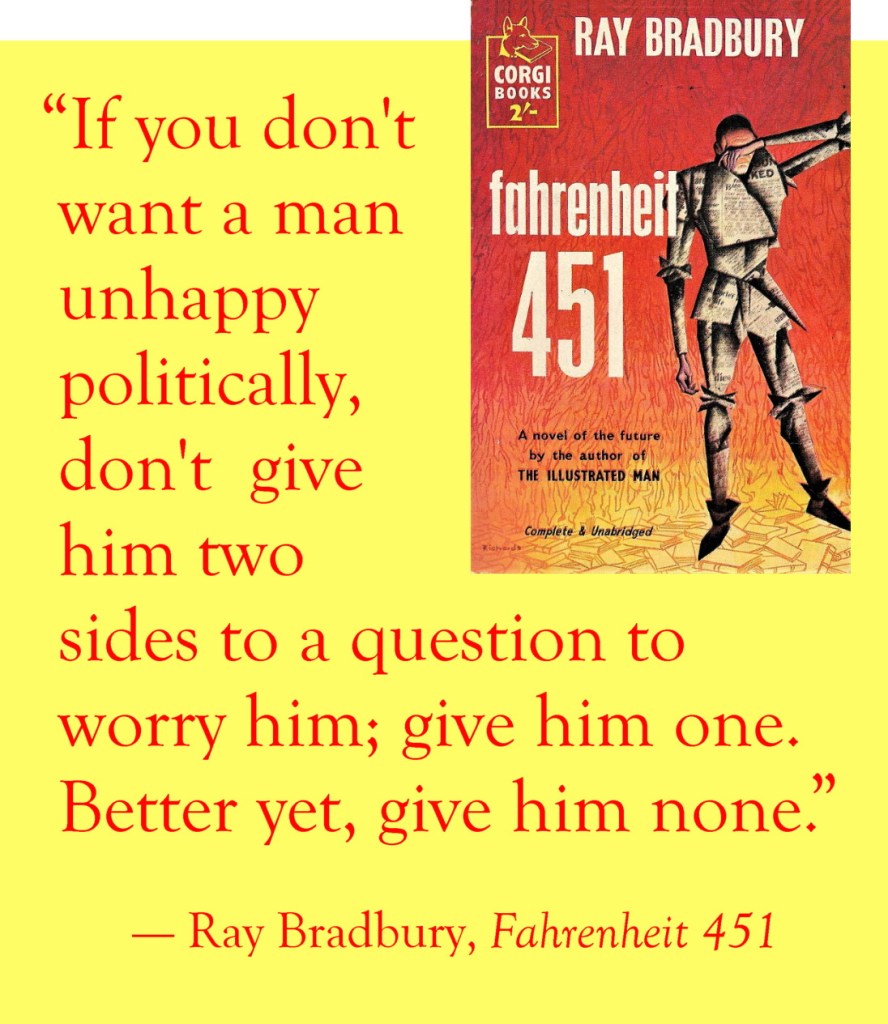



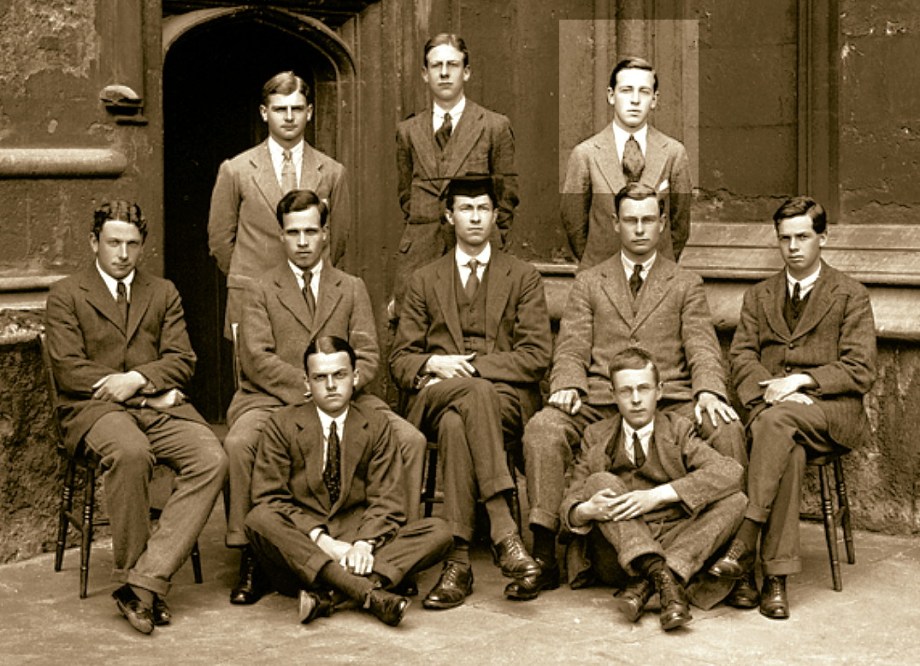




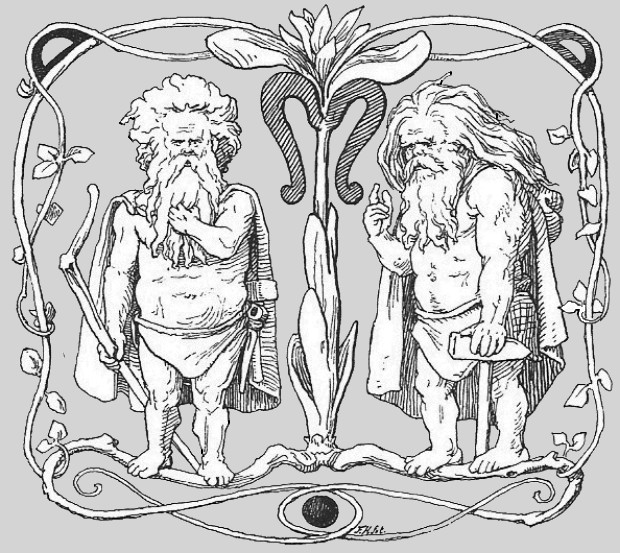




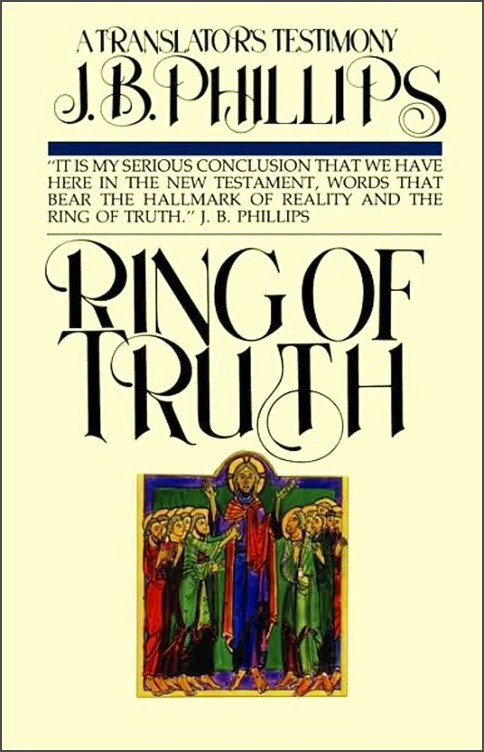

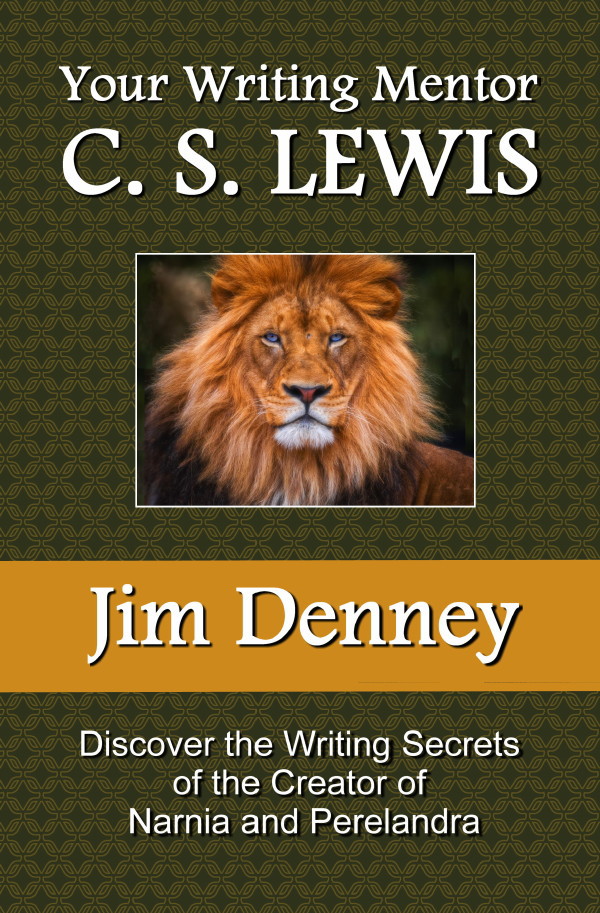




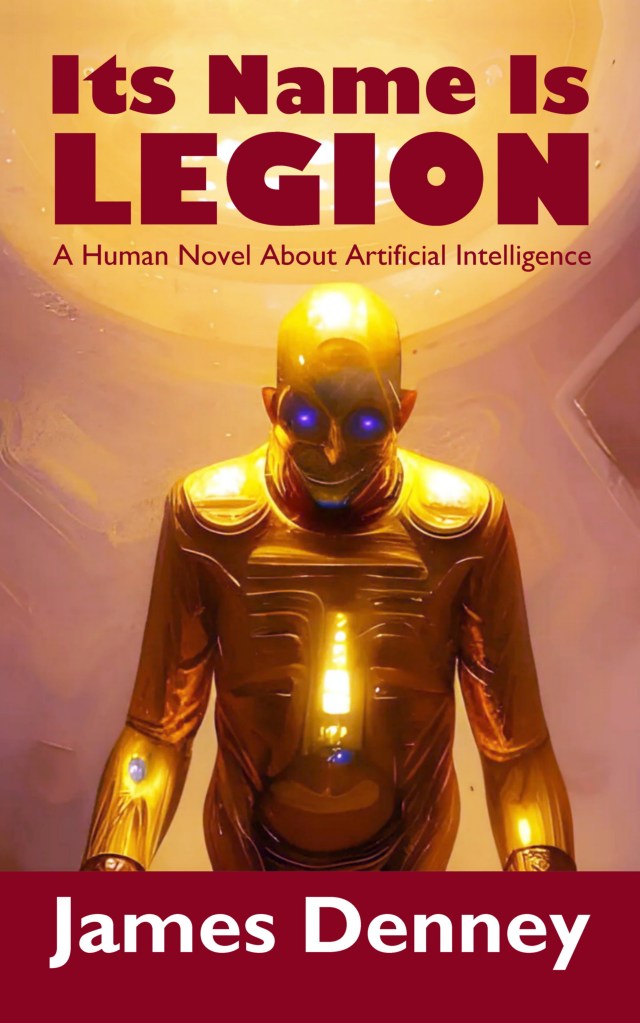







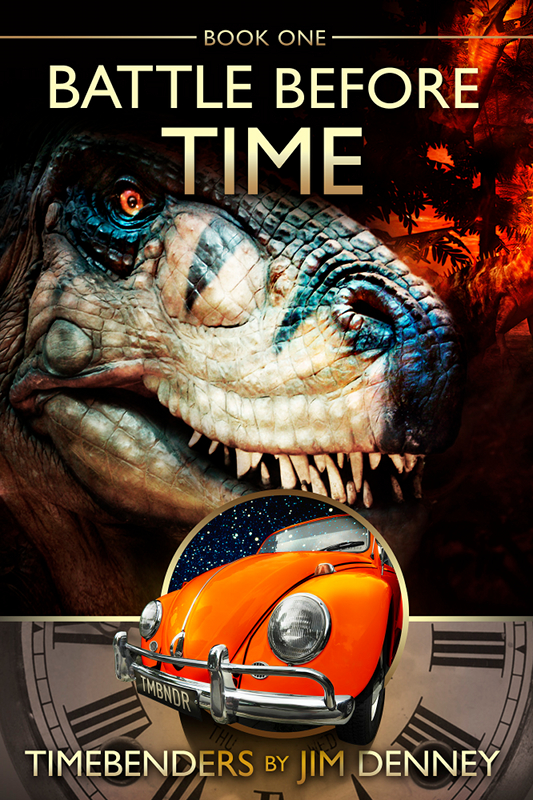

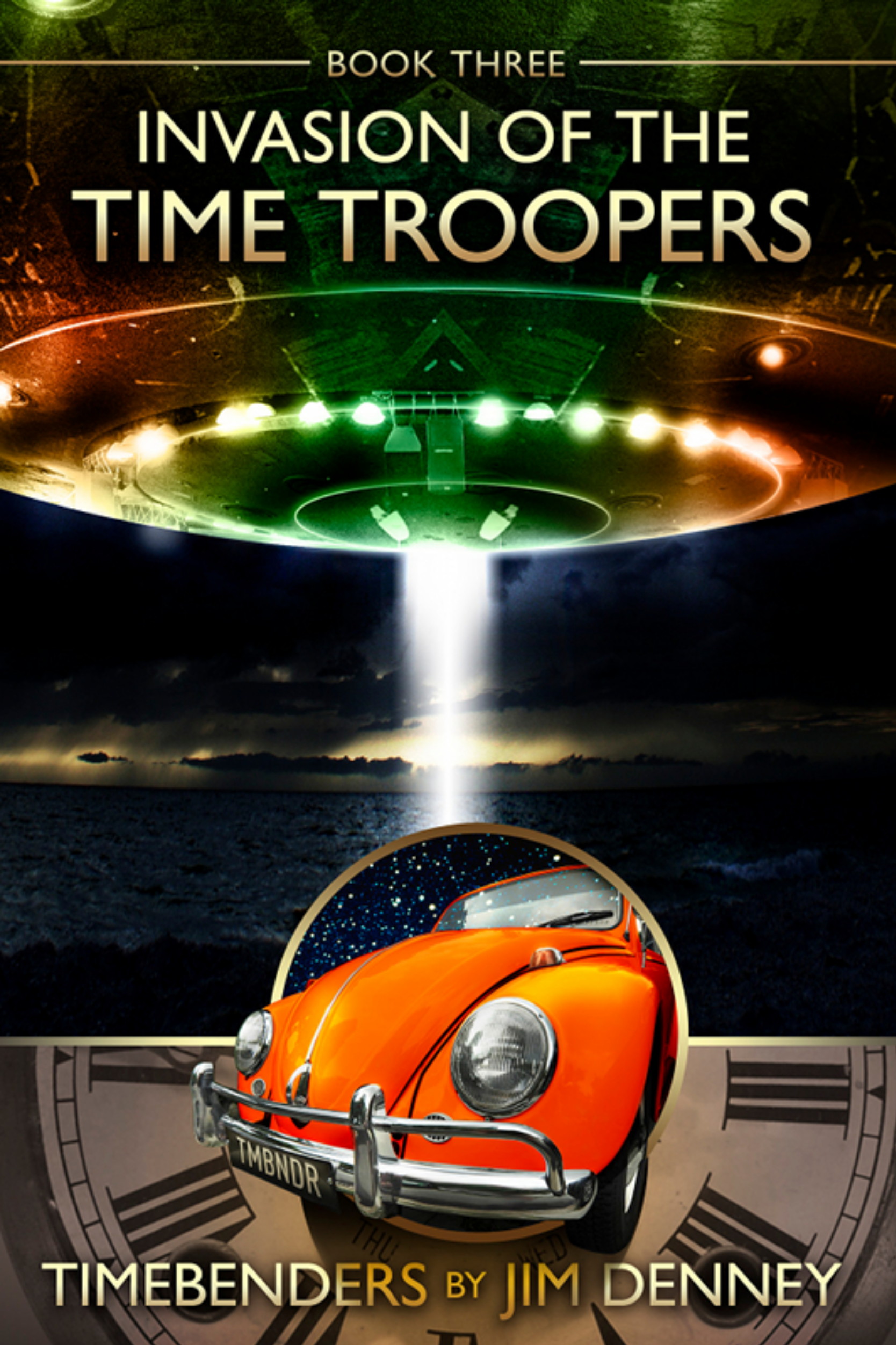
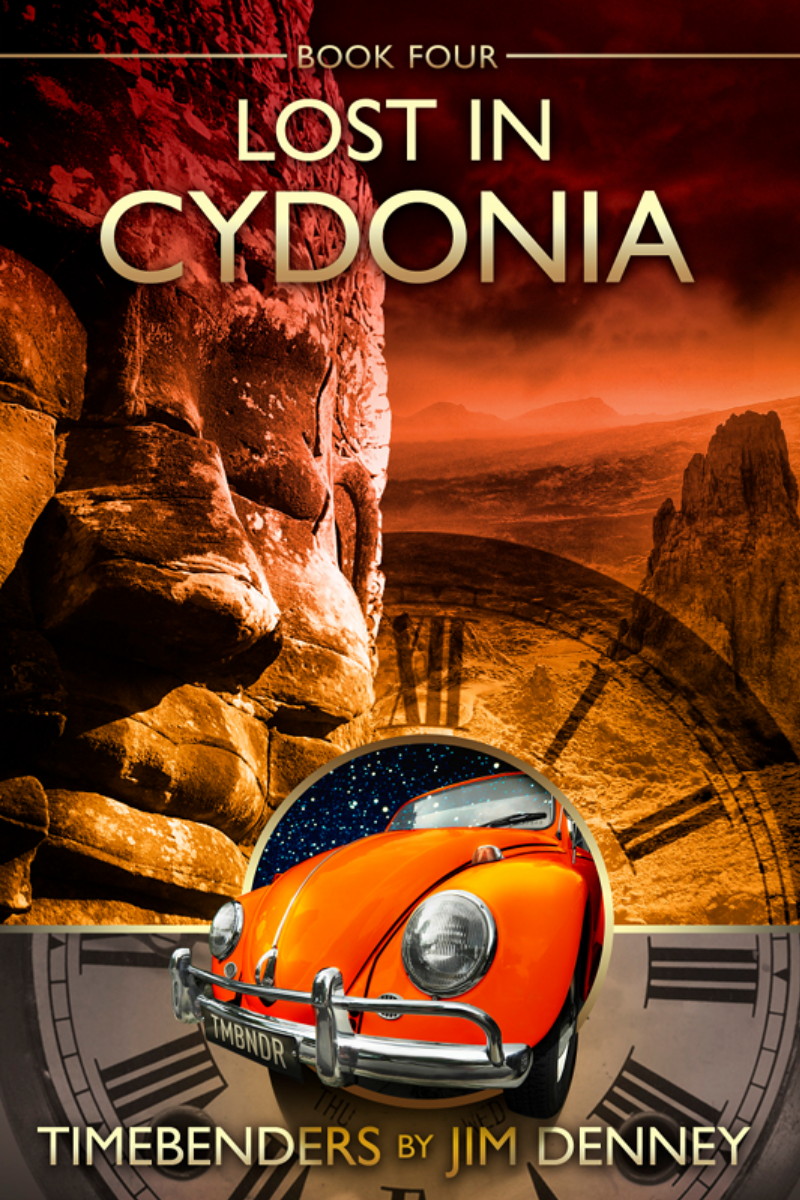

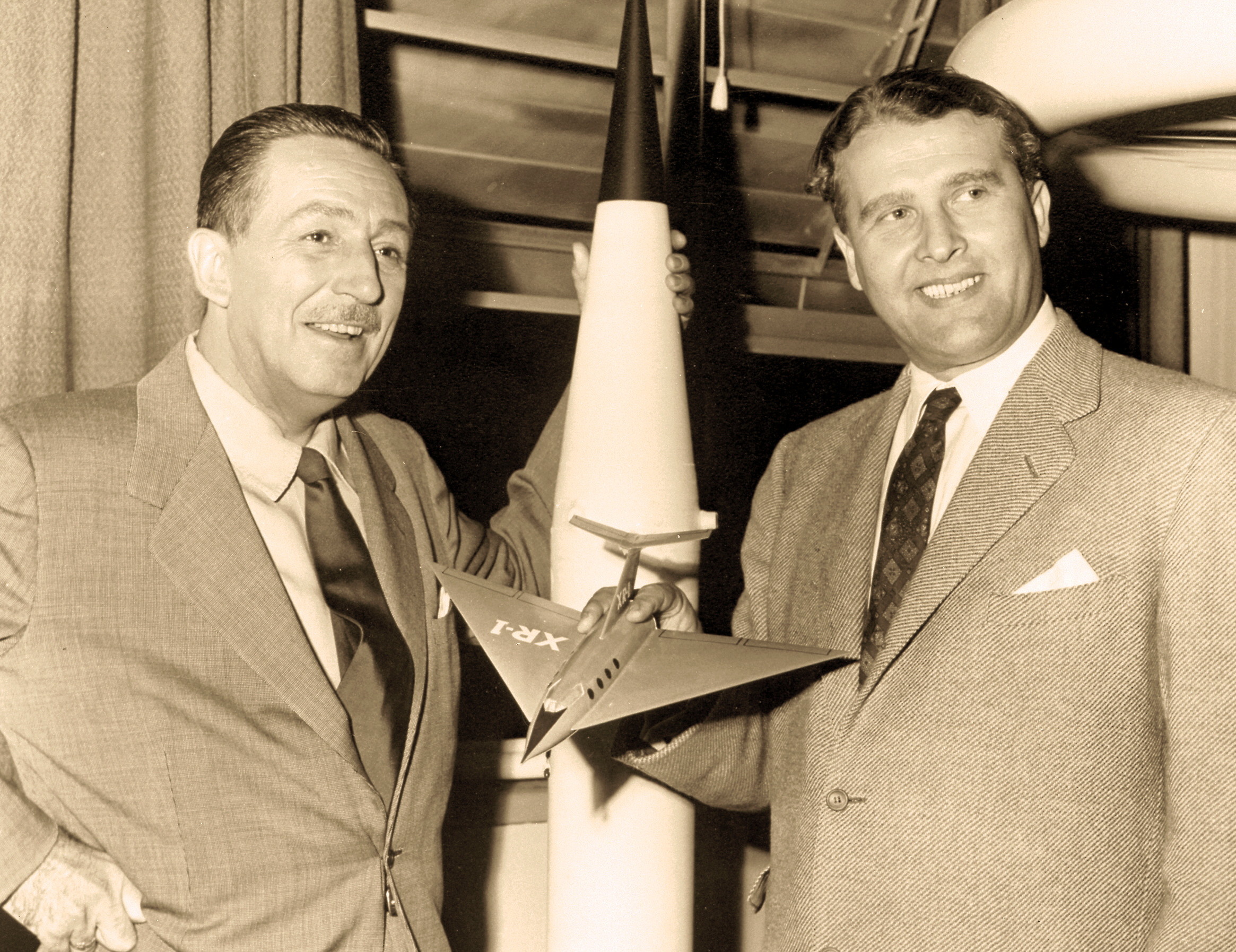 Most people think of Walt Disney as a businessman who founded a company and hired other people to do all the creative work. Not true.
Most people think of Walt Disney as a businessman who founded a company and hired other people to do all the creative work. Not true.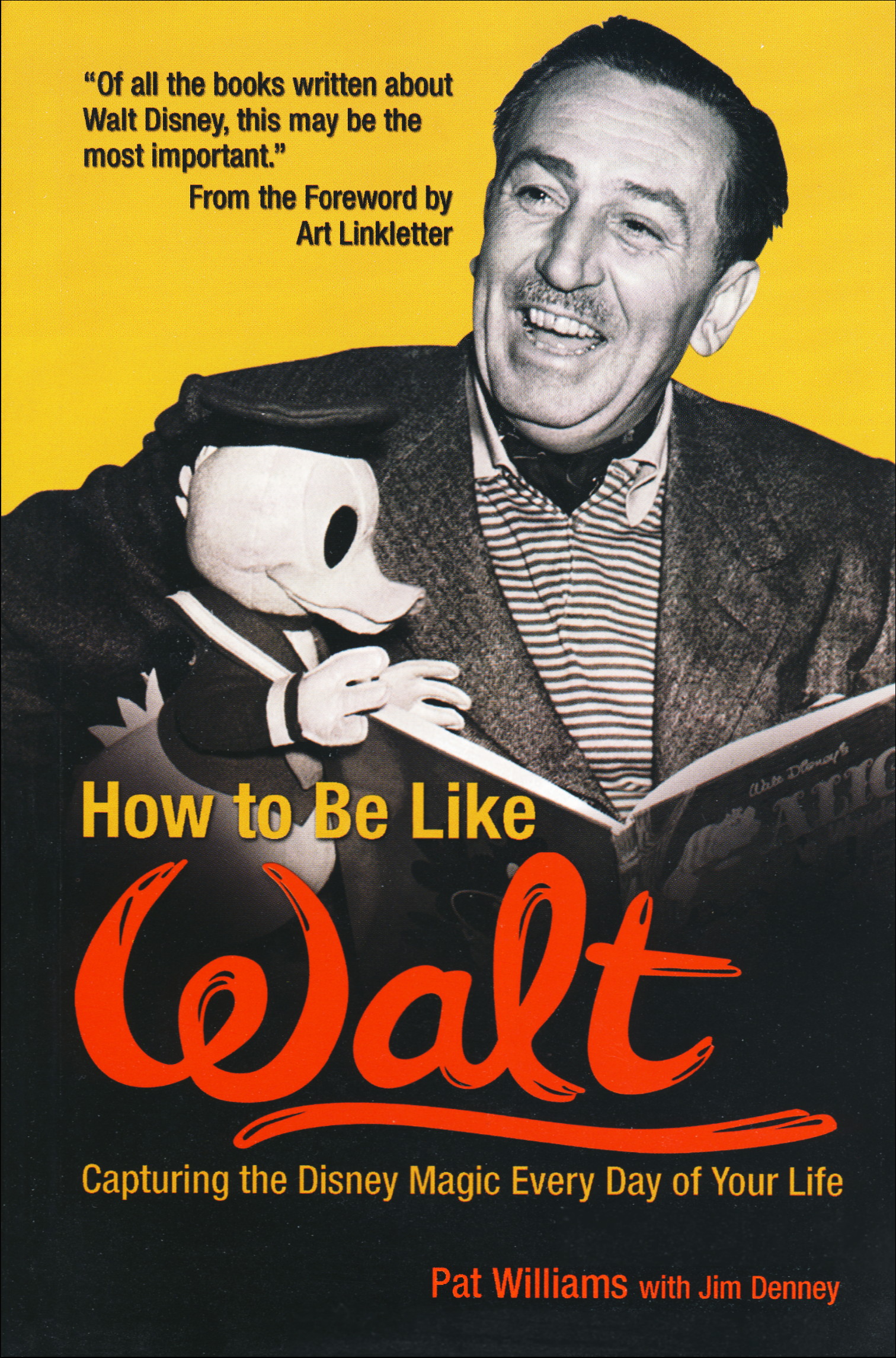

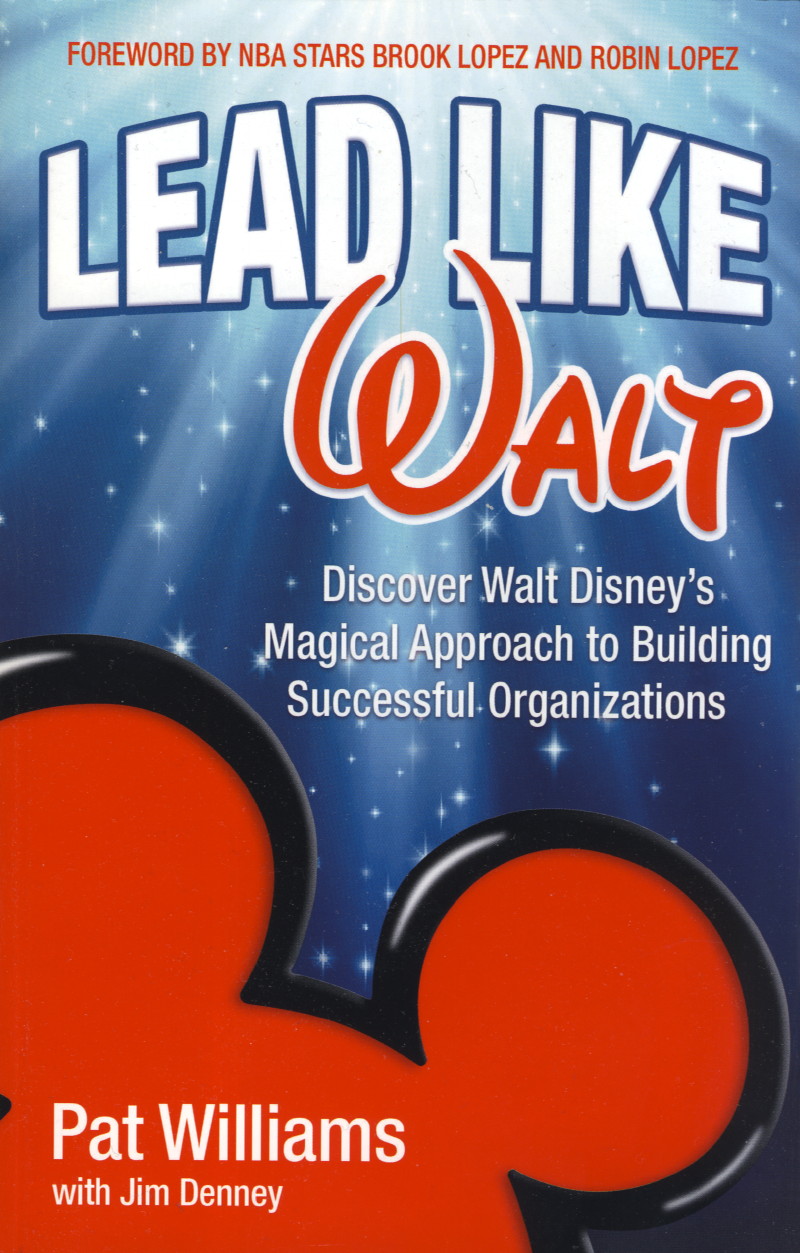
 As a filmmaker and theme park creator, Walt drew upon his Marceline years for inspiration. His early cartoons, his feature films, and Disneyland itself are rich in idealized images of life in rural and small-town America. Many scenes from Walt’s early life appear in his films.
As a filmmaker and theme park creator, Walt drew upon his Marceline years for inspiration. His early cartoons, his feature films, and Disneyland itself are rich in idealized images of life in rural and small-town America. Many scenes from Walt’s early life appear in his films. 



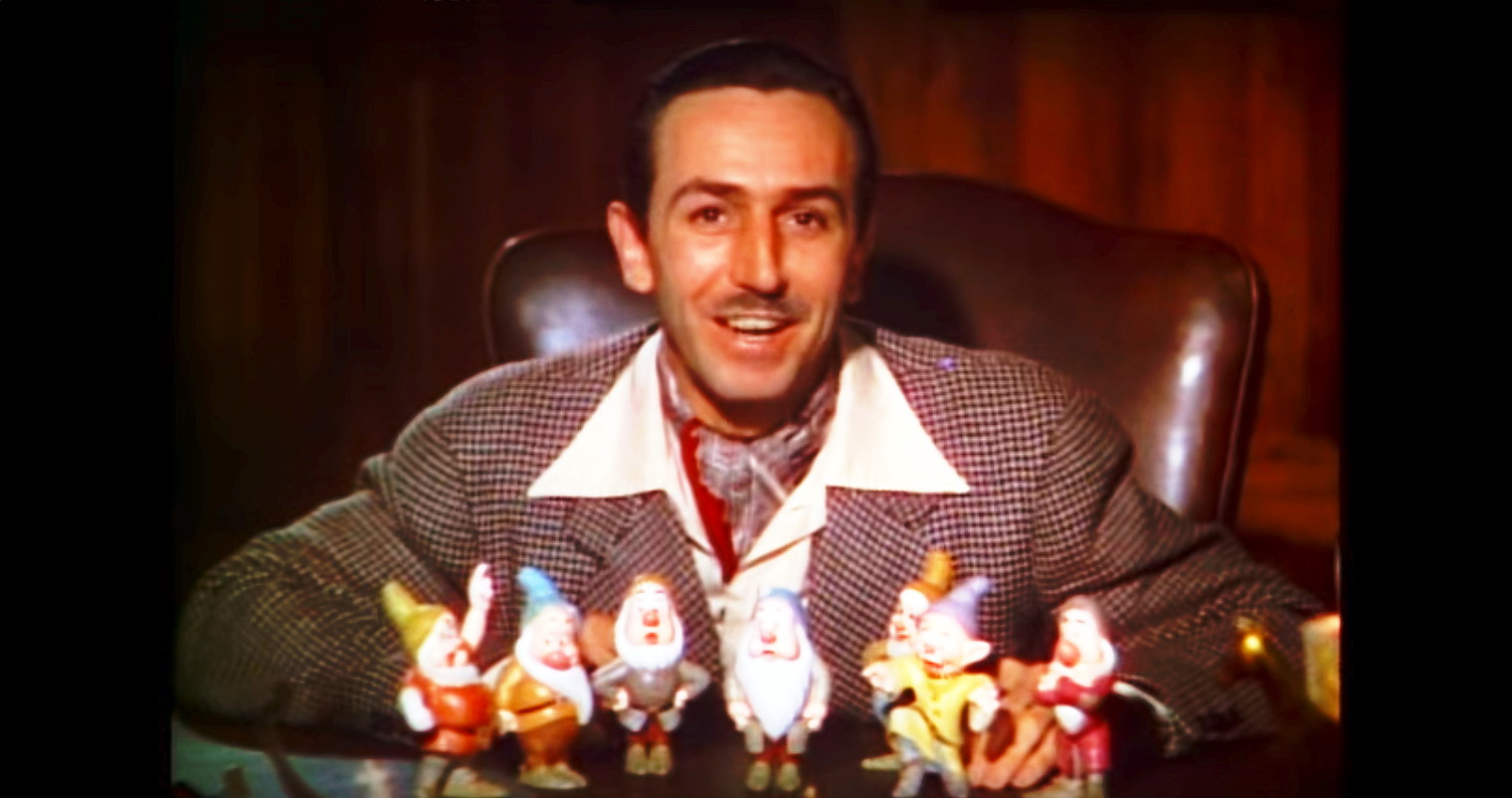
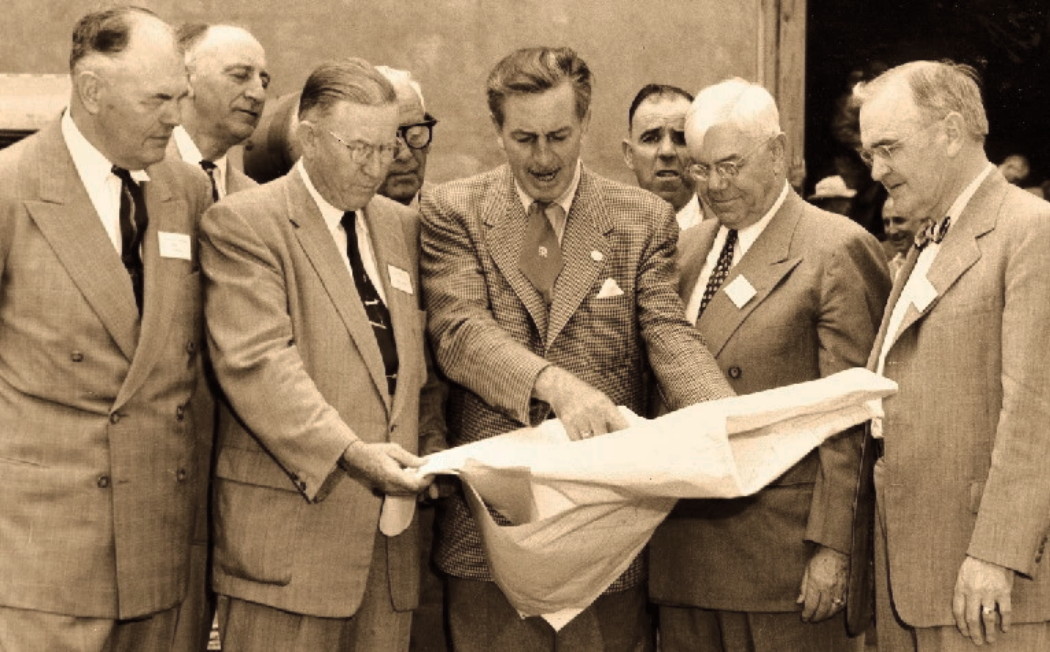
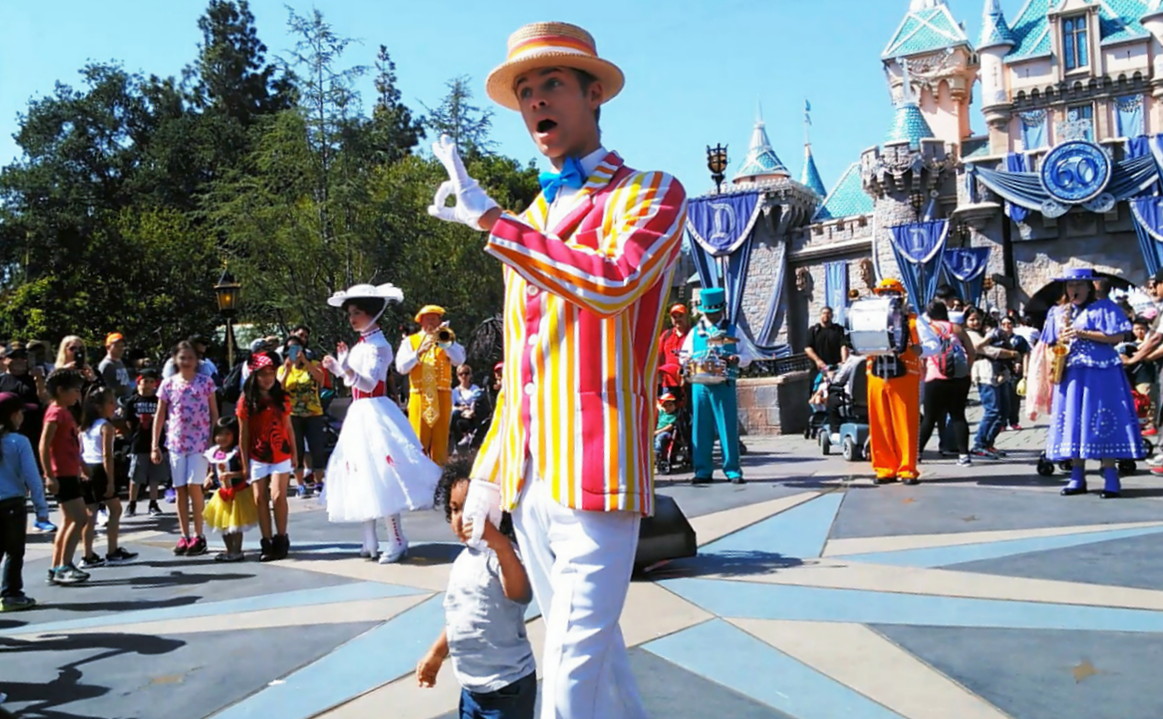
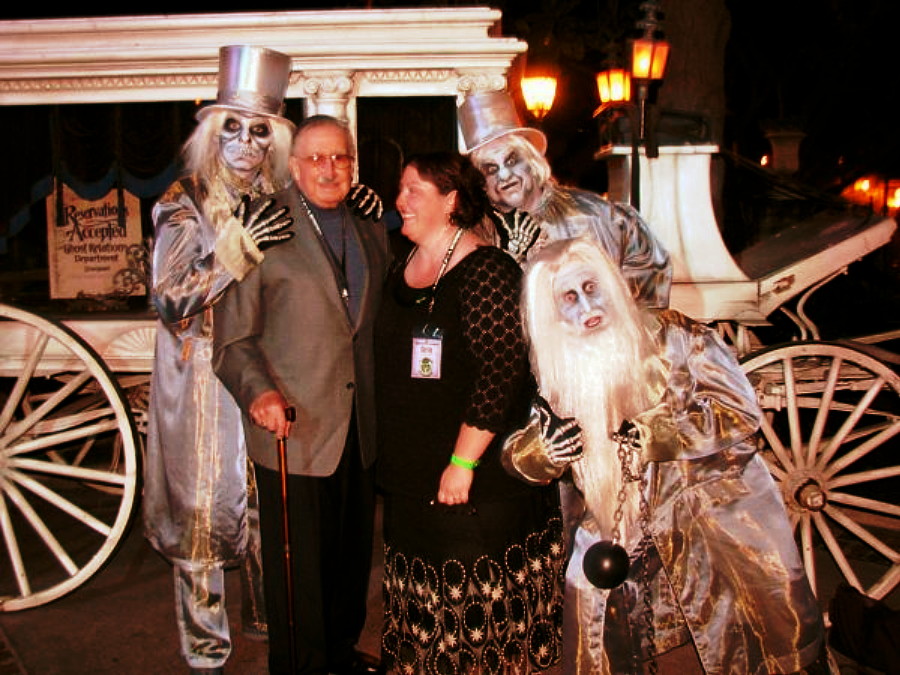
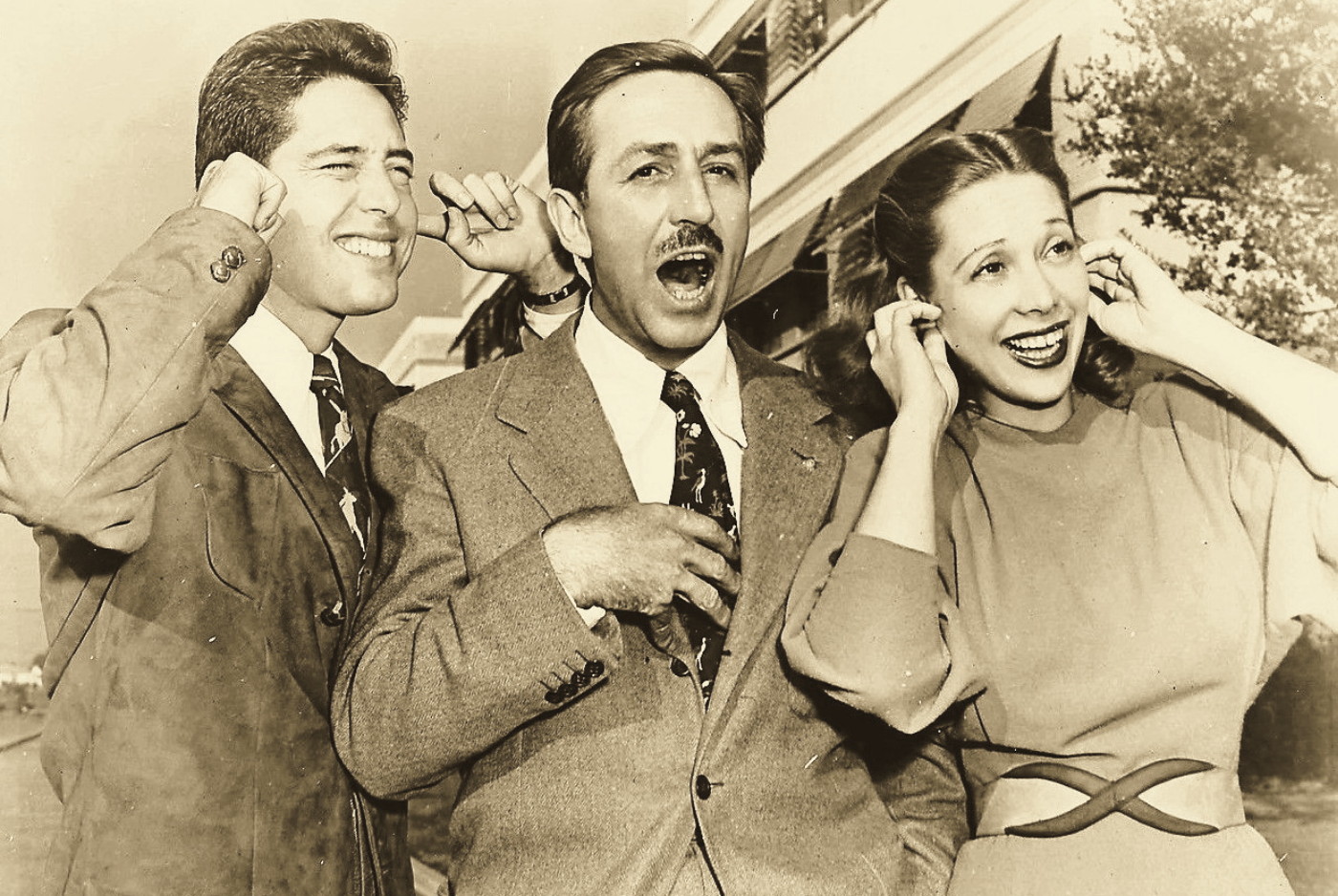 How do you find a writers group? Here are some suggestions:
How do you find a writers group? Here are some suggestions:

